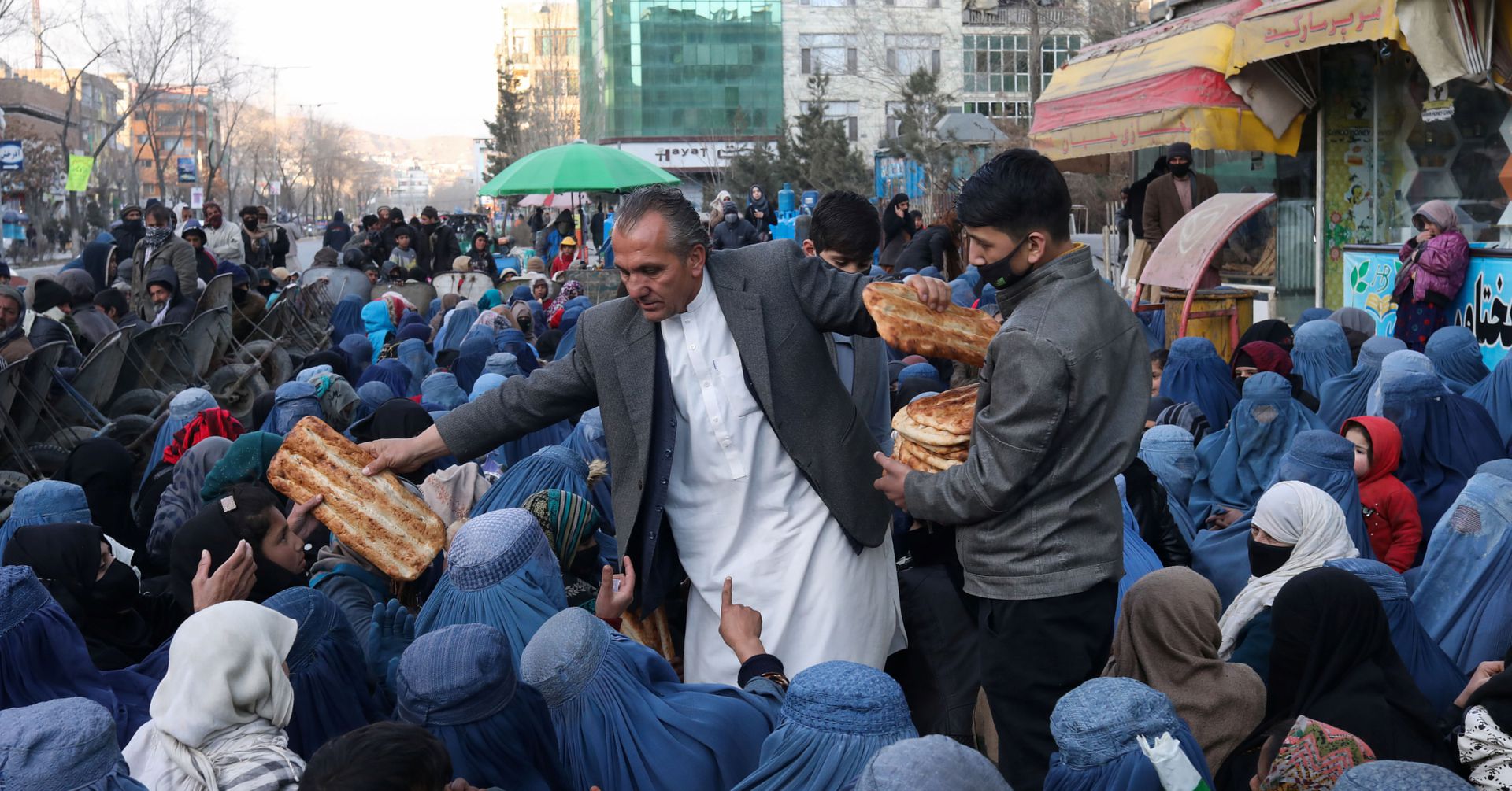According to a new World Bank survey released, two-thirds of Afghan households still struggle to satisfy their most basic food and non-food needs, making life tough for Afghan families.
The second Afghanistan Welfare Monitoring Survey, which will be conducted between June and August 2022, will evaluate how fundamental living conditions have changed in Afghanistan a year following the start of the political crisis. Overall, the poll offers a bleak picture of life in Afghanistan, where widespread deprivation persists and food insecurity is still a problem. This situation has a detrimental influence on the country’s economy and people’s well-being, particularly women and girls. The initial round of the survey took place between October and December of 2021.
In comparison to the first phase of the survey, two-thirds of households still struggle to satisfy their basic food and non-food needs. One of the key causes of the limited availability and affordability of food is the rising cost of food as well as the ongoing consequences of the drought from last year. It portends more deprivation in the upcoming winter. According to the temporary Taliban administration, girls’ secondary education enrollment has plummeted, particularly in urban areas, and will drop to barely 12 per cent in 2022. Only 8% of those in need of health services were unable to get them.















